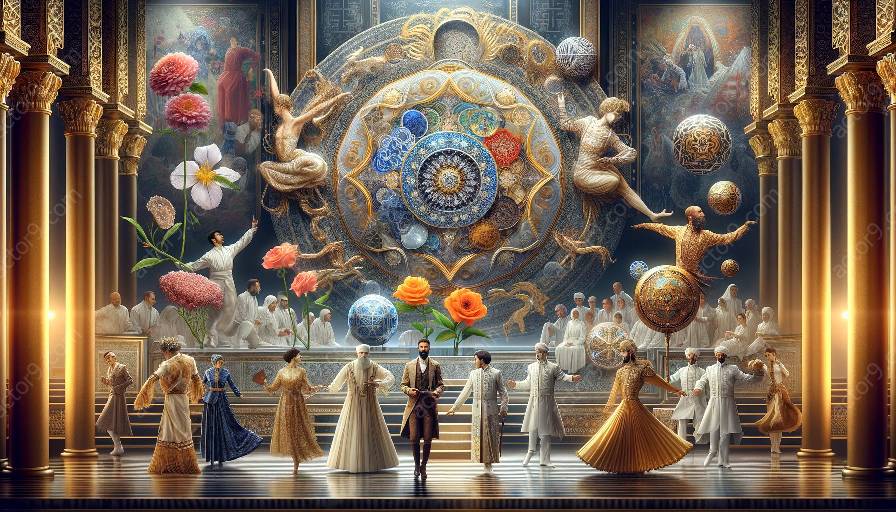When it comes to the world of circus arts, cultural heritage plays a crucial role in shaping the training and skills of performers. Circus arts, which encompass various acrobatic feats, juggling, aerial acts, and clowning, have deep-rooted connections to different cultures and traditions around the globe. These cultural influences have significantly shaped the training methods, artistic expression, and performance styles of circus performers.
Cultural Influence in Circus Arts
The circus is an art form that has been shaped by the cultural influences of diverse communities and regions. Throughout history, different cultures have contributed their unique skills, performance techniques, and storytelling traditions to the development of circus arts. From the thrilling acrobatics of the Chinese circus to the colorful and lively performances of Latin American circuses, each cultural heritage brings its own distinct flavor to the world of circus.
Diversity of Training and Skills
The diverse cultural heritage of circus arts has resulted in a wide range of training and skills among performers. For example, the training methods used by circus performers in China may differ significantly from those in Russia or Africa. These variations in training and skills are a testament to the rich tapestry of cultural influences that have shaped the evolution of circus arts worldwide.
Artistic Expression and Performance Styles
At the heart of circus arts lies the artistic expression and performance styles that are deeply influenced by cultural heritage. Whether it's the expressive movements of traditional Indian dance incorporated into aerial acts or the use of indigenous music and costumes in circus performances, cultural influences are woven into the very fabric of circus artistry.
Cultural heritage has also played a pivotal role in the storytelling and thematic elements of circus performances. The narratives, characters, and motifs often draw from the folklore, mythology, and historical traditions of diverse cultures, adding depth and richness to the overall spectacle of the circus.Preservation and Innovation
As cultural heritage continues to shape the training and skills of circus performers, there is a growing emphasis on preserving traditional techniques and performance styles, while also innovating and evolving the art form. Circus schools and training programs are increasingly recognizing the importance of honoring cultural heritage and passing down traditional knowledge to future generations of performers. At the same time, contemporary circus artists are finding new ways to blend cultural influences with modern artistic expressions, creating innovative and boundary-pushing performances that honor the past while embracing the future.
Conclusion
In conclusion, the role of cultural heritage in shaping the training and skills of circus performers is profound and multifaceted. From influencing training methods and skills to shaping artistic expression and performance styles, cultural heritage enriches the world of circus arts in countless ways. By embracing and celebrating the diversity of cultural influences, circus performers continue to captivate audiences with their awe-inspiring feats and vibrant storytelling, showcasing the enduring legacy of cultural heritage in the captivating world of the circus.


































